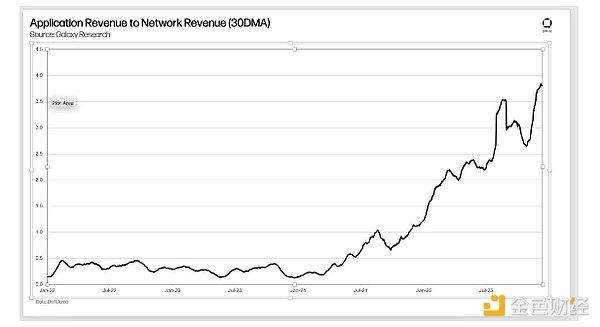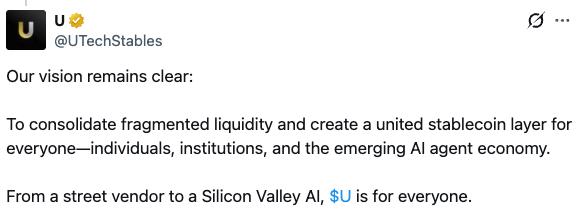Key Points of the Article
- Research shows that if the price of Bitcoin falls below $90,000, it may signal a potential bear market, and ordinary users need to take measures to protect their assets.
- The evidence tends to suggest diversifying investments, setting stop-loss orders, and using stablecoins to reduce risk.
- Market dynamics are influenced by pressure on the equity market, ETF outflows, and geopolitical tensions, with high complexity.

Market Overview: Weak Performance
As of February 26, 2025, the price of Bitcoin has fallen to around $88,000, and other cryptocurrencies are also declining, with the overall crypto market sentiment returning to the low point of 2024. The reasons for this market decline include selling pressure in the equity market, outflows from Bitcoin ETFs, the $150 million Ethereum hack at the Bybit exchange, and the uncertainty of US-China trade tensions and US tariff policies. These factors have created a risk-averse market environment, affecting the entire cryptocurrency market.
Bitcoin Experiences "Black Tuesday": Multiple Negative Factors Break Through the $90,000 Bottom
On "Black Tuesday" on February 25, 2025, Bitcoin fell below the $90,000 psychological barrier for the first time since November 2024, ultimately closing at $87,169, a single-day drop of 7.25%. This collapse was not driven by a single event, but rather the cumulative effect of multiple risk factors:
- Macroeconomic Policy Pressure
The Trump administration announced that it would impose a 25% tariff on imports from Mexico and Canada starting in March, causing US bond yields to plummet to a two-month low and accelerating the withdrawal of global capital from risky assets. DZ Bank analyst Marcel Heinrichs said, "The risk-averse sentiment triggered by the tariff policy directly triggered a chain reaction of cryptocurrency sell-offs."
- Regulatory Confidence Crisis
The $150 million Ethereum theft from the Bybit exchange continued to unfold, and although the platform quickly initiated insurance payouts, Elliptic research showed that the stolen amount was 2.4 times the $62.5 million Ronin Network incident in 2022, severely undermining market confidence in centralized exchanges.
- Capital Outflow
Bitcoin ETFs have seen net outflows for 6 consecutive days, with a single-day outflow of over $516 million on the 24th, a record high since the launch of the product in January 2024. LSEG data shows that the top 10 ETFs have bled a total of $644 million this month, indicating that institutional investors are reassessing their crypto asset allocations.
Future Trends: Key Indicators for the Second Half of 2025
Market analysts generally believe that the Federal Reserve's policy meeting in mid-March and the G20 Finance Ministers' Summit will be key turning points. Although the short-term gloom has not dissipated, derivative market data shows that Bitcoin futures expiring in December 2025 still maintain a premium of $103,000, suggesting that institutions have fundamental confidence in the long-term value.
Timeline | Observation Indicator | Expected Impact |
March 2025 | Federal Reserve Interest Rate Decision | A pause in rate hikes or positive rebound |
June 2025 | Full Implementation of the EU's MiCA Regulation | Possible short-term liquidity tightening |
September 2025 | Bitcoin Halving Cycle Effect Kicks In | Historic bullish signal |
Galxe co-founder Charles Wayne suggests, "Investors should pay attention to the dynamics of Bitcoin's production cost. When the price falls below the miners' shutdown price (currently estimated at $78,000), it often means the market bottom is approaching."
Detailed Strategies to Protect Assets
In the current market downturn, with macroeconomic pressure and regulatory uncertainty continuing to affect market sentiment, the following are strategies that ordinary users can adopt to reduce risk and protect their assets:
➡️ HODL (Hold)
Explanation: HODL means "hold on for dear life", i.e., regardless of market fluctuations, believe in the long-term value of the asset and choose to hold.
Advantages: If the market ultimately recovers, it may generate higher returns.
Disadvantages: If the market continues to decline, the asset value may further shrink.
Applicable Scenarios: Suitable for long-term investors, who need to be psychologically prepared to withstand short-term volatility.
➡️ Diversify Investments
Explanation: Diversify assets across different types, such as other cryptocurrencies (like Ethereum, Solana), traditional stocks or bonds, to reduce the risk of a single asset's volatility.
Advantages: Reduce dependence on a single asset, lower overall risk.
Disadvantages: Need to understand multiple assets, higher management costs.
Applicable Scenarios: Suitable for users with some investment experience, who need to regularly evaluate their portfolio.
➡️ Dollar Cost Averaging (DCA)
Explanation: Invest a fixed amount regularly, regardless of price highs and lows, to help accumulate assets at lower prices during bear markets.
Advantages: Reduce average purchase cost, suitable for market volatility periods.
Disadvantages: Requires continuous capital investment, may not be suitable for users with limited funds.
Applicable Scenarios: Suitable for users with stable cash flow, long-term investment strategy.
➡️ Stop-Loss Orders
Explanation: Set automatic sell orders to trigger when the price drops to a specific level, limiting potential losses.
Advantages: Effectively manage risk, prevent significant losses.
Disadvantages: Short-term market fluctuations may trigger premature execution, missing out on rebounds.
Applicable Scenarios: Suitable for risk-averse investors, who need to set reasonable stop-loss points.
➡️ Convert to Stablecoins
Explanation: Convert some or all of the cryptocurrency assets into stablecoins (such as USDT, USDC) pegged to the US dollar to provide stability and hedge against risk.
Advantages: Provide stability during periods of extreme market volatility.
Disadvantages: May miss out on potential gains from market rebounds.
Applicable Scenarios: Suitable for short-term hedging, need to pay attention to the credibility and reserves of stablecoins.
➡️ Staking or Yield Farming
Explanation: Earn passive income by holding certain cryptocurrencies or participating in DeFi protocols, such as staking Ethereum or providing liquidity.
Advantages: Even if the market declines, can still generate certain income to offset some of the losses.
Disadvantages: Involve smart contract risks, and the income may not be enough to cover asset depreciation.
Applicable Scenarios: Suitable for users familiar with DeFi, who need to evaluate the security of the protocols.
➡️ Risk Management
Explanation: Adjust the investment portfolio based on personal risk tolerance, ensuring that decisions are in line with financial situation.
Advantages: Help make decisions that fit your own situation, reduce psychological pressure.
Disadvantages: Require continuous market monitoring, adjustments may increase transaction costs.
Applicable Scenarios: Suitable for all users, who need to regularly evaluate risk preferences.
Conclusion
Against the backdrop of Bitcoin falling below $90,000, ordinary users need to adopt strategies such as diversifying investments, setting stop-loss orders, and using stablecoins to protect their assets, while also focusing on secure storage and information updates. By planning reasonably and managing risks, users can reduce losses in the potential bear market and wait for the market to recover.






